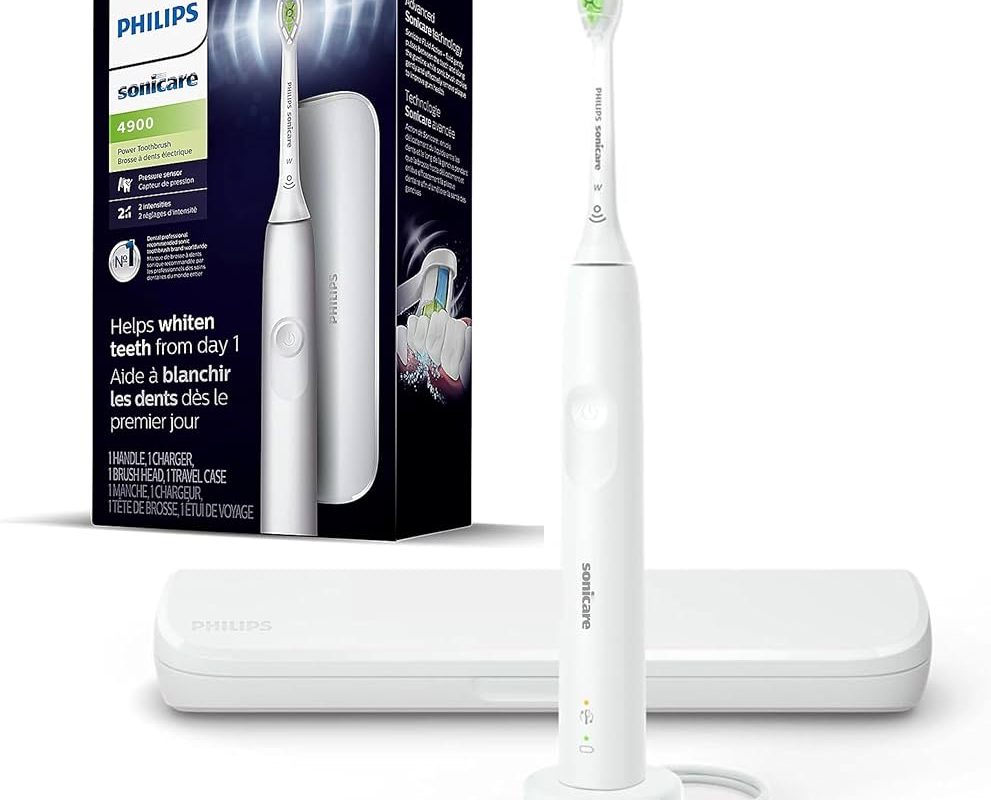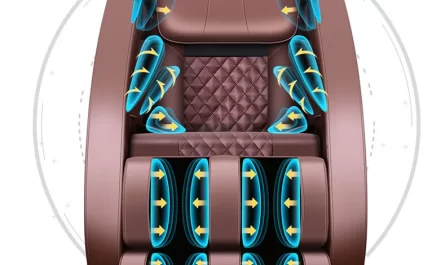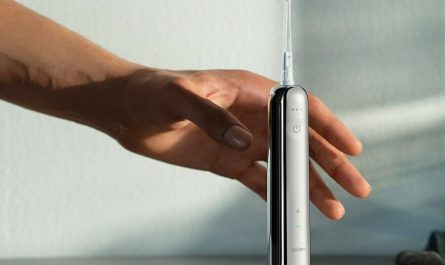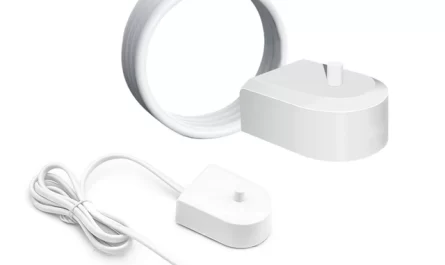Introduction:
Using an electric toothbrush can enhance your oral hygiene routine, providing extensive cleaning power that surpasses manual brushing. Proper technique and understanding of the various features of an electric toothbrush are essential for maximizing its benefits. This comprehensive guide explores step-by-step instructions to brush your teeth effectively with an electric toothbrush, including tips, common practices, and additional oral hygiene advice.
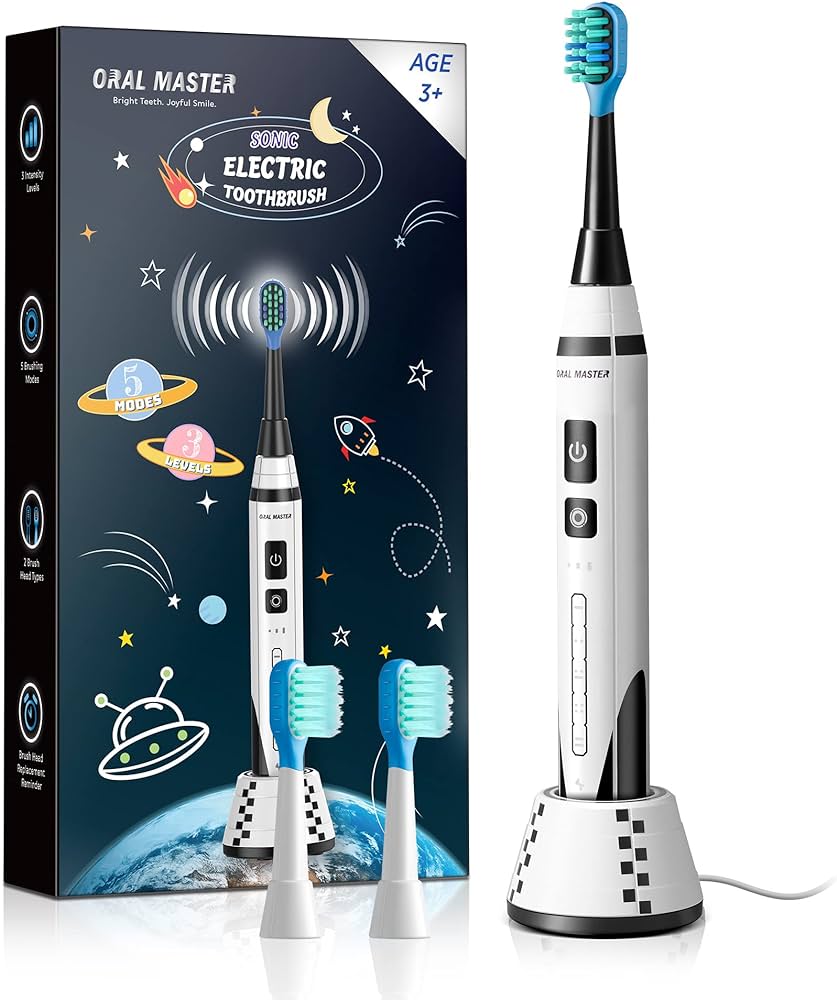
How to Brush Your Teeth with an Electric Toothbrush?
Understanding the Features of an Electric Toothbrush
Before diving into the actual brushing technique, familiarize yourself with the specific features and functionalities of your electric toothbrush.
Different Modes: Electric toothbrushes often come with multiple brushing modes, including daily clean, sensitive, gum care, whitening, and deep clean. Select the mode that best suits your oral care needs.
Timers and Sensors: Many electric toothbrushes have built-in timers to ensure you brush for the recommended two minutes. Pressure sensors are also common, alerting you if you’re brushing too hard, which can damage your gums and enamel.
Interchangeable Heads: Electric toothbrushes typically have interchangeable brush heads designed for different cleaning purposes. Ensure your brush head is compatible with your needs, such as soft bristles for sensitive gums or specialized heads for orthodontic appliances.
Battery Life: Know how long your toothbrush’s battery lasts and how often it needs recharging. Consistent power ensures effective brushing throughout your routine.
Preparing to Brush
Proper preparation is key to an effective brushing session. Ensure your toothbrush and environment are ready before you begin.
Charge Your Toothbrush: Make sure your electric toothbrush is fully charged to maintain consistent performance throughout your brushing session.
Choose the Right Brush Head: Select the appropriate brush head for your specific oral hygiene needs, whether it’s for sensitive teeth, deep cleaning, or orthodontic care.
Apply Toothpaste: Apply a pea-sized amount of fluoride toothpaste to the bristles. Fluoride helps prevent cavities and strengthens enamel.
Wet the Bristles: Lightly wet the bristles of your toothbrush to help distribute the toothpaste evenly and create a gentle foam.
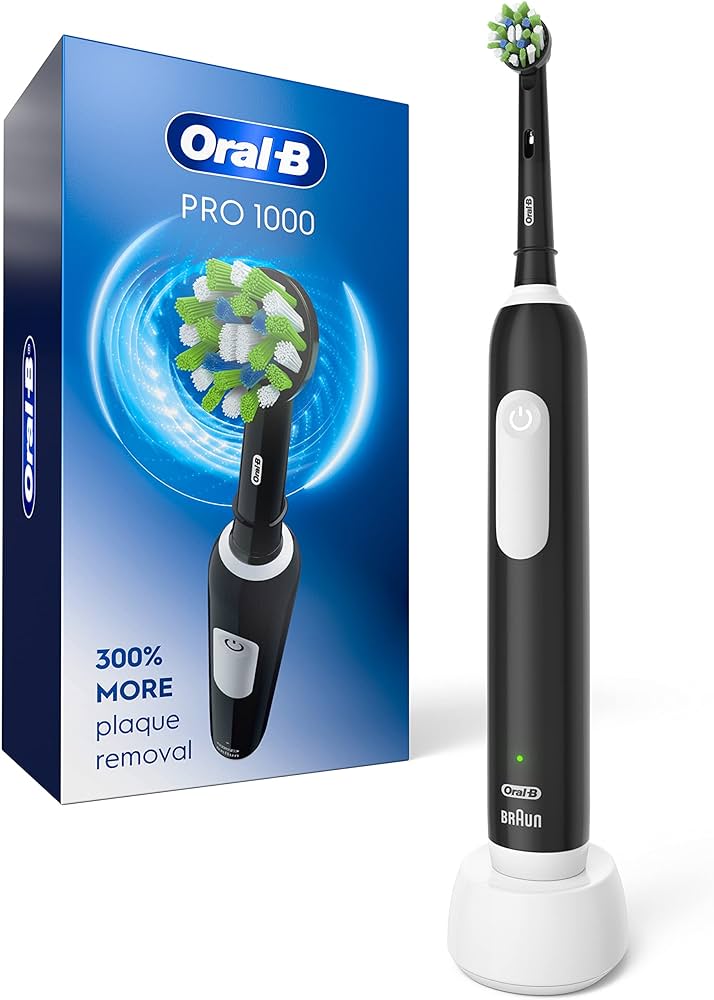
Proper Brushing Technique
Using an electric toothbrush requires a different technique than manual brushing. Follow these steps to ensure you’re brushing effectively.
Position the Brush: Hold the toothbrush at a 45-degree angle to your gums. This position helps clean along the gumline, where plaque tends to accumulate.
Turn On the Toothbrush: Turn on the toothbrush and let it do the work. Unlike manual brushing, you don’t need to apply much pressure or use back-and-forth motions.
Divide Your Mouth into Quadrants: Mentally divide your mouth into four sections: upper right, upper left, lower right, and lower left. Spend 30 seconds on each quadrant for a total of two minutes.
Slowly Guide the Brush: Move the brush slowly from tooth to tooth, ensuring each surface is cleaned. Hold the brush head on each tooth’s front, back, and chewing surface for a few seconds before moving to the next tooth.
Use Gentle Pressure: Apply gentle pressure; pressing hard isn’t necessary and can damage your gums. Let the toothbrush’s bristles and motion clean your teeth.
Address Gums and Tongue: Don’t forget to brush along the gumline gently to remove plaque and bacteria. Also, briefly brush your tongue to help reduce bacteria that cause bad breath.
Rinsing and Cleaning Your Toothbrush
After brushing, it’s important to rinse and clean your toothbrush to maintain hygiene and performance.
Turn Off the Toothbrush: Turn off the electric toothbrush before removing it from your mouth to avoid splattering toothpaste.
Rinse the Brush Head: Rinse the brush head under running water to remove toothpaste and debris. Ensure all bristles are thoroughly cleaned.
Dry the Handle: Wipe the handle with a clean, dry cloth to remove any moisture. This helps prevent the growth of bacteria and extends the lifespan of your toothbrush.
Store Properly: Store the toothbrush upright in a well-ventilated area to allow it to air dry. Avoid covering the brush head with a cap, as this can trap moisture and promote bacterial growth.
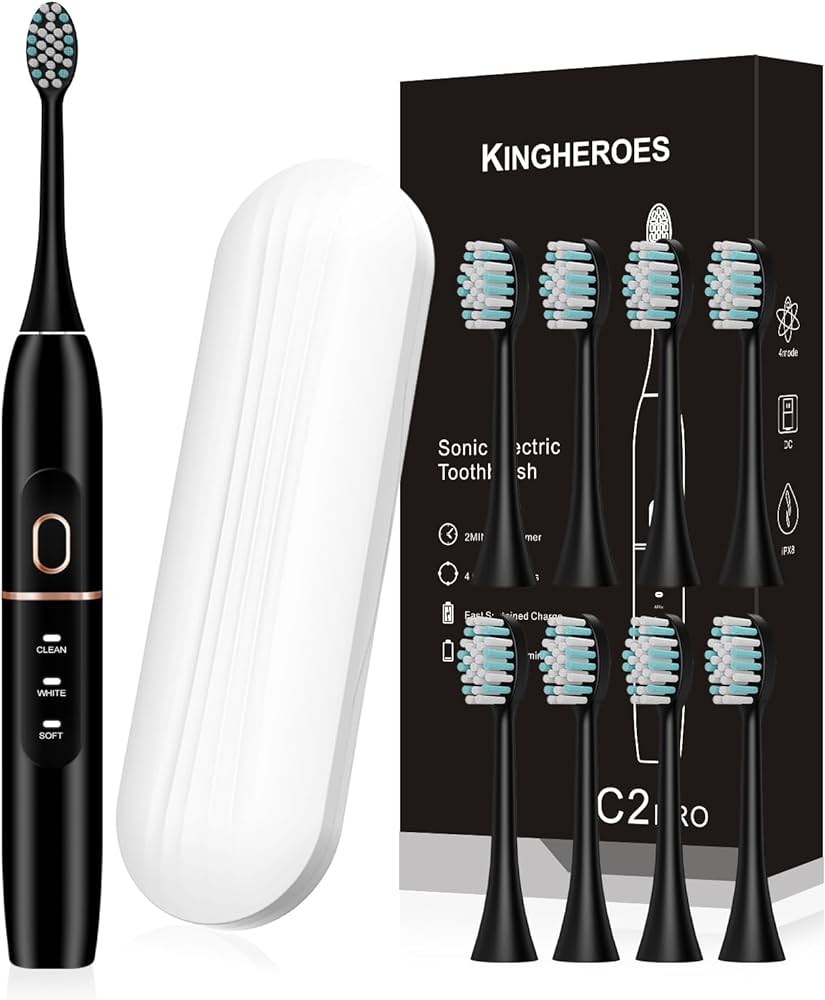
Replacing Brush Heads Regularly
Regular replacement of the brush head is crucial for maintaining effective cleaning and hygiene.
Frequency of Replacement: Replace the brush head every three months or sooner if the bristles are frayed. Worn-out bristles are less effective at cleaning and can harbor bacteria.
Signs of Wear: Look for signs of wear, such as flattened, faded, or frayed bristles. Indicators of wear suggest diminished cleaning performance.
Buying in Bulk: Consider purchasing replacement heads in bulk to ensure you always have a fresh one on hand when needed.
Tips for Enhanced Brushing Experience
Enhance your brushing experience with these practical tips, ensuring thorough cleaning and comfort.
Use the Right Mode: Select the appropriate brushing mode based on your oral health needs. For example, use the sensitive mode if you have sensitive teeth or gums.
Be Systematic: Maintain a systematic approach to brushing each quadrant, ensuring all areas receive equal attention.
Use a Mirror: Brush in front of a mirror to visually guide your brushing technique and ensure you’re covering all surfaces.
Be Mindful of Battery Life: Keep an eye on the battery life indicator and recharge the toothbrush as needed to ensure consistent performance.
Travel Considerations: When traveling, use a protective case for your electric toothbrush to keep it clean and safe. Make sure it’s fully charged or take a portable charger if needed.
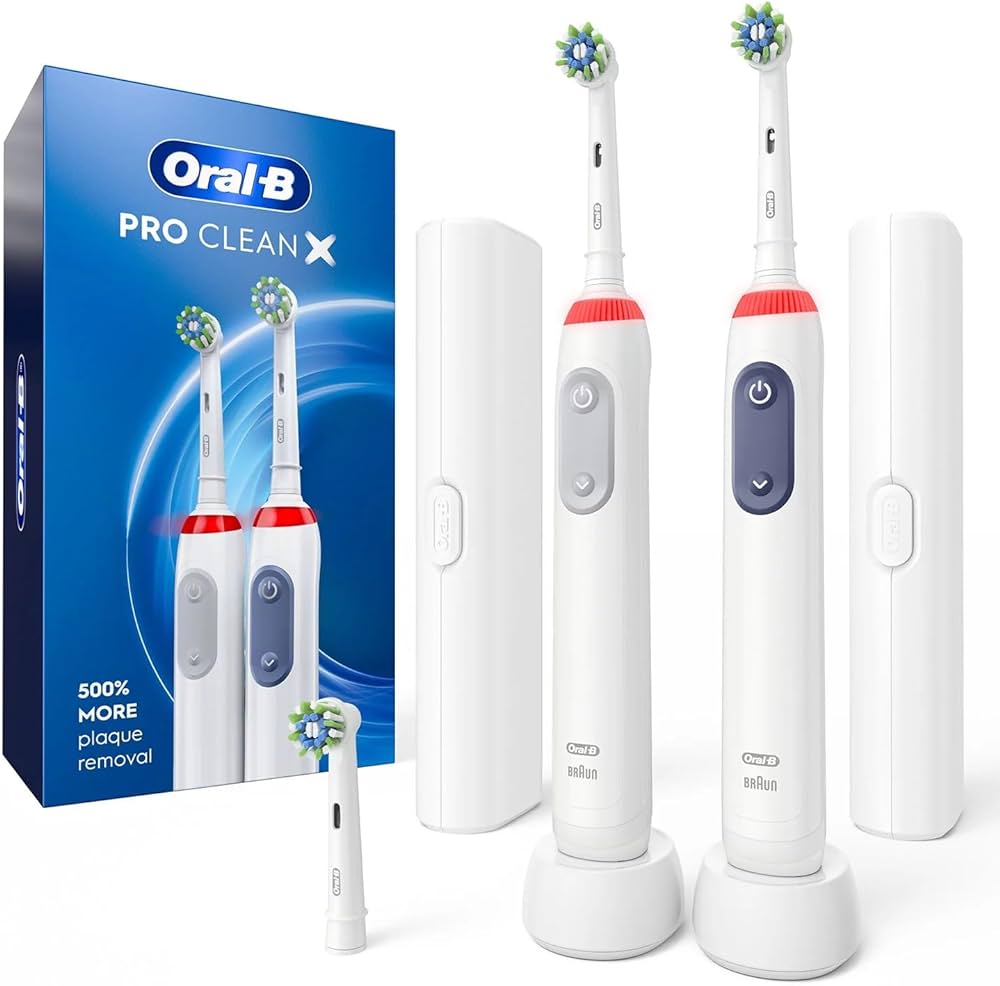
Understanding Common Mistakes and How to Avoid Them
Being aware of common mistakes can help you avoid them and improve your brushing technique and overall oral health.
Brushing Too Hard: Avoid applying excessive pressure when using an electric toothbrush. Gentle brushing is effective, and over-brushing can harm enamel and gums.
Brushing for Too Short: Ensure you brush for at least two minutes. Most electric toothbrushes have built-in timers to help you meet this requirement.
Ignoring Brush Head Replacement: Neglecting to replace the brush head regularly decreases cleaning effectiveness and increases bacteria risks.
Using Incorrect Angles: Hold the toothbrush at the correct 45-degree angle to the gums to ensure proper cleaning along the gumline.
Neglecting Hard-to-Reach Areas: Pay attention to hard-to-reach areas like the back teeth and tongue. Use the small, round head to your advantage to clean every surface.
Combining Brushing with Other Oral Hygiene Practices
Brushing your teeth is crucial, but combining it with other oral hygiene practices ensures comprehensive care.
Flossing: Floss daily to remove plaque and debris between teeth and under the gumline that a toothbrush can’t reach.
Electric Flossers: Consider using an electric flosser or water flosser for more effective and convenient flossing.
Mouthwash: Rinse with an antibacterial mouthwash to kill bacteria, reduce plaque, and freshen breath.
Regular Dental Visits: Visit your dentist regularly for check-ups and professional cleanings. Dentists can provide personalized advice and catch potential issues early.
Choosing the Right Electric Toothbrush
Selecting the right electric toothbrush for your needs enhances your brushing experience and oral hygiene.
Evaluate Features: Consider features like brushing modes, timers, pressure sensors, and battery life. Choose the features that best match your oral health needs and preferences.
Brand Reputation: Opt for brushes from reputable brands known for quality and reliability. Reading reviews and seeking recommendations can help make an informed choice.
Budget Considerations: Evaluate the cost versus benefits. Higher-end models often provide more features and better durability but balance your budget with desired functionalities.
Seek Professional Advice: Your dentist can recommend specific models or types of electric toothbrushes based on your oral health status and needs.
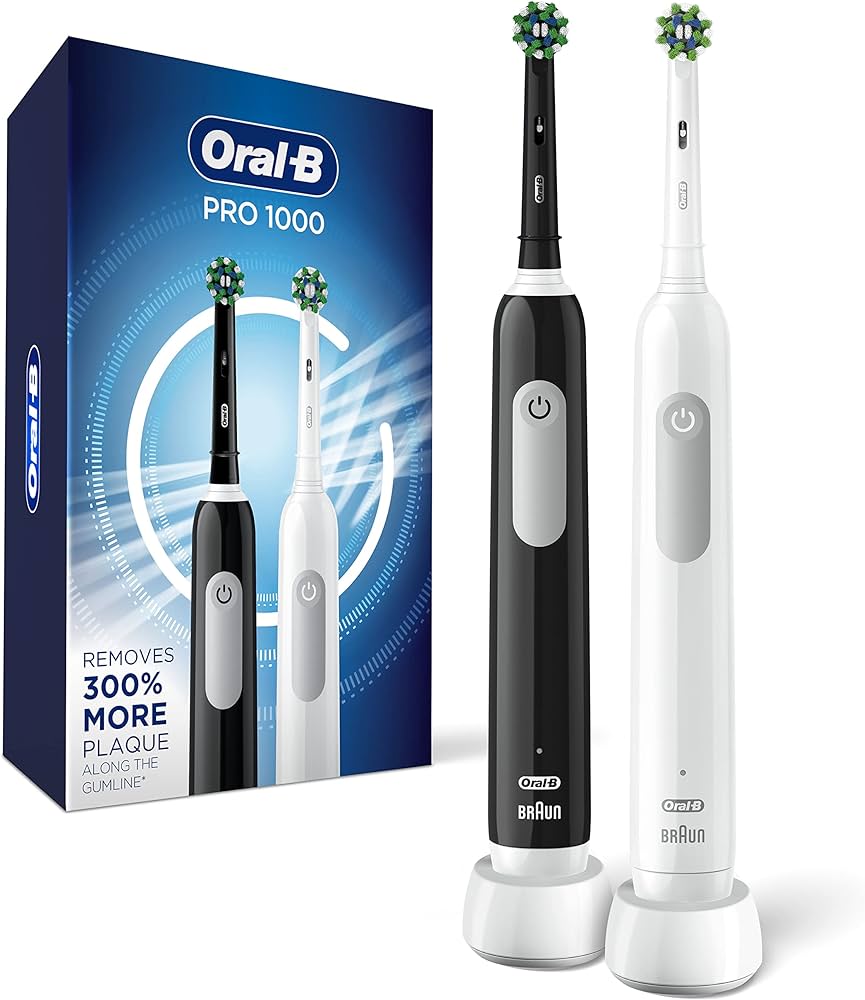
Long-Term Oral Hygiene and Maintenance
Maintaining long-term oral hygiene involves consistency and regular attention to various aspects of your routine.
Routine Cleaning: Stick to your brushing, flossing, and mouthwash routine daily. Consistency is key to preventing dental issues.
Be Adaptable: Adjust your oral hygiene practices as needed. For example, if you get braces or dental implants, you may need to change your brushing technique or adopt new tools.
Education and Awareness: Stay informed about best practices in oral hygiene. Regularly updating your knowledge helps ensure you’re using the most effective techniques and tools.
Address Issues Early: If you notice any changes or issues with your oral health, such as gum sensitivity, tooth pain, or bleeding gums, consult your dentist promptly.
Common FAQs About Using an Electric Toothbrush
Addressing common questions can help clarify doubts and enhance your brushing routine.
Can Electric Toothbrushes Damage Teeth? When used correctly, electric toothbrushes are safe and effective. Follow the manufacturer’s instructions and avoid excessive pressure to prevent damage.
Is an Electric Toothbrush Better Than a Manual One? Electric toothbrushes generally offer better plaque removal and ease of use compared to manual brushes. They are especially beneficial for individuals with limited dexterity.
How Do I Clean the Brush Head? Rinse the brush head thoroughly after each use and let it air dry. For a deeper clean, soak the brush head in antibacterial mouthwash once a week.
Can Children Use Electric Toothbrushes? Yes, children can use electric toothbrushes designed for their age group. These models usually have smaller brush heads and gentler modes.
How Do I Know When to Replace the Brush Head? Replace the brush head every three months or when the bristles show signs of wear, such as fraying or fading.
Conclusion
Brushing your teeth with an electric toothbrush involves understanding the device’s features, preparing correctly, using proper technique, and maintaining regular hygiene practices. By following these guidelines and tips, you can enhance your oral hygiene routine, ensuring your teeth and gums remain healthy and clean. Balancing effective brushing with supplementary practices like flossing and regular dental visits rounds out a comprehensive approach to oral health.

